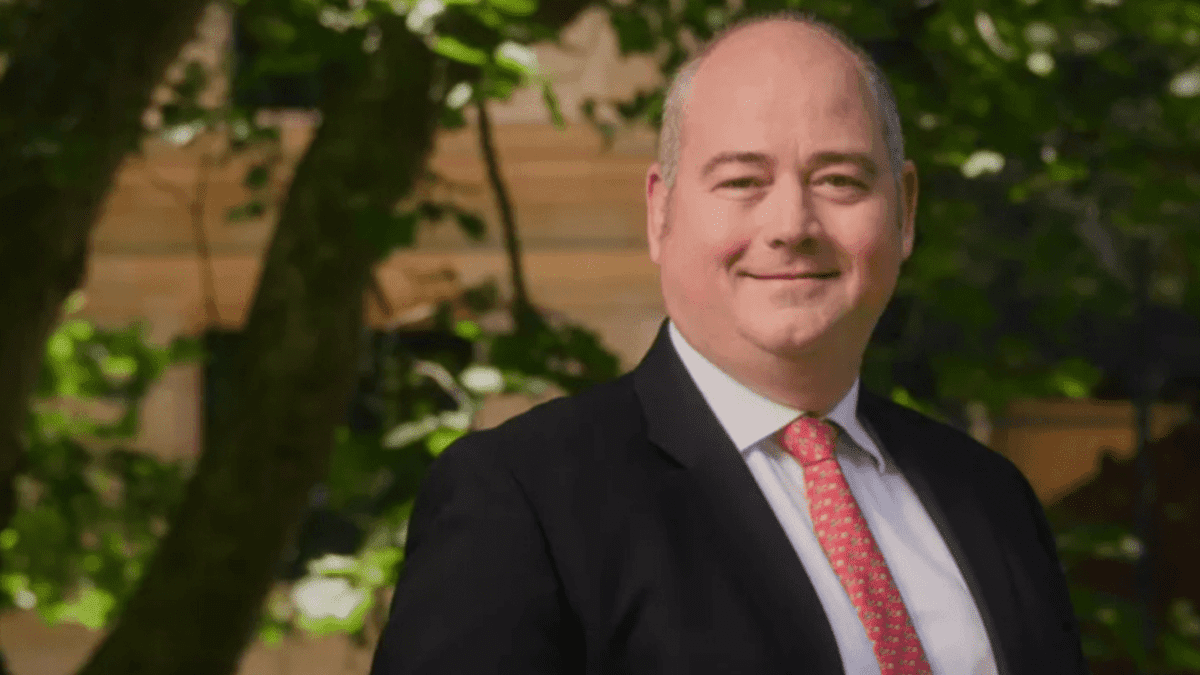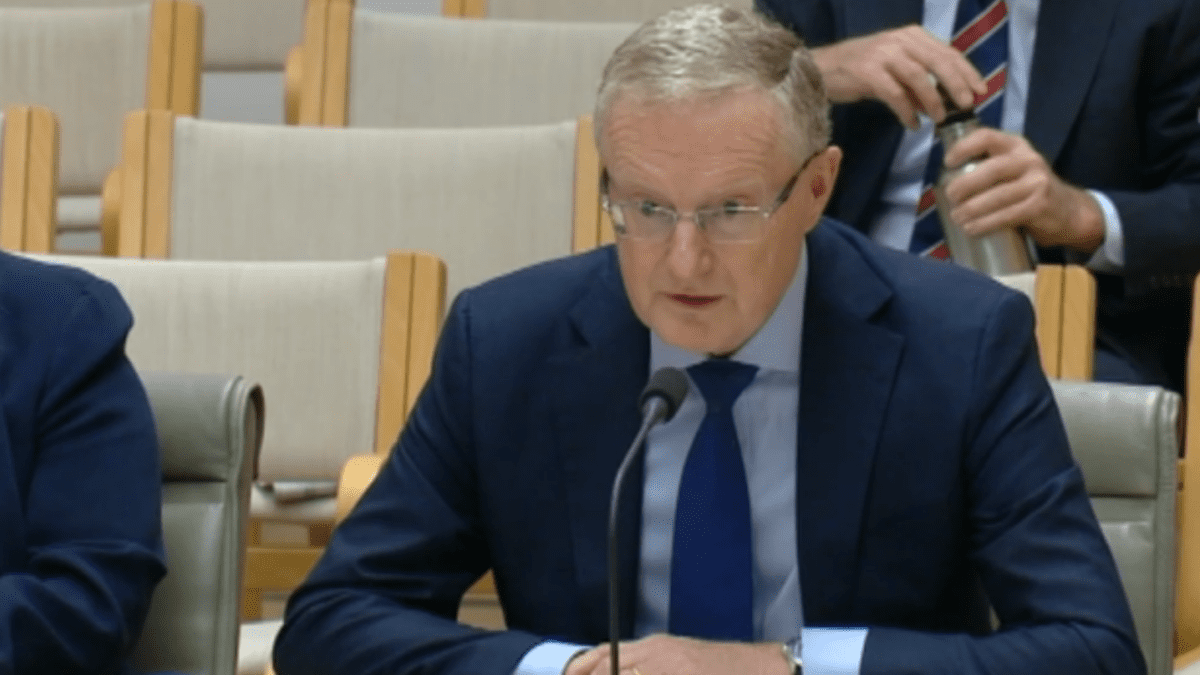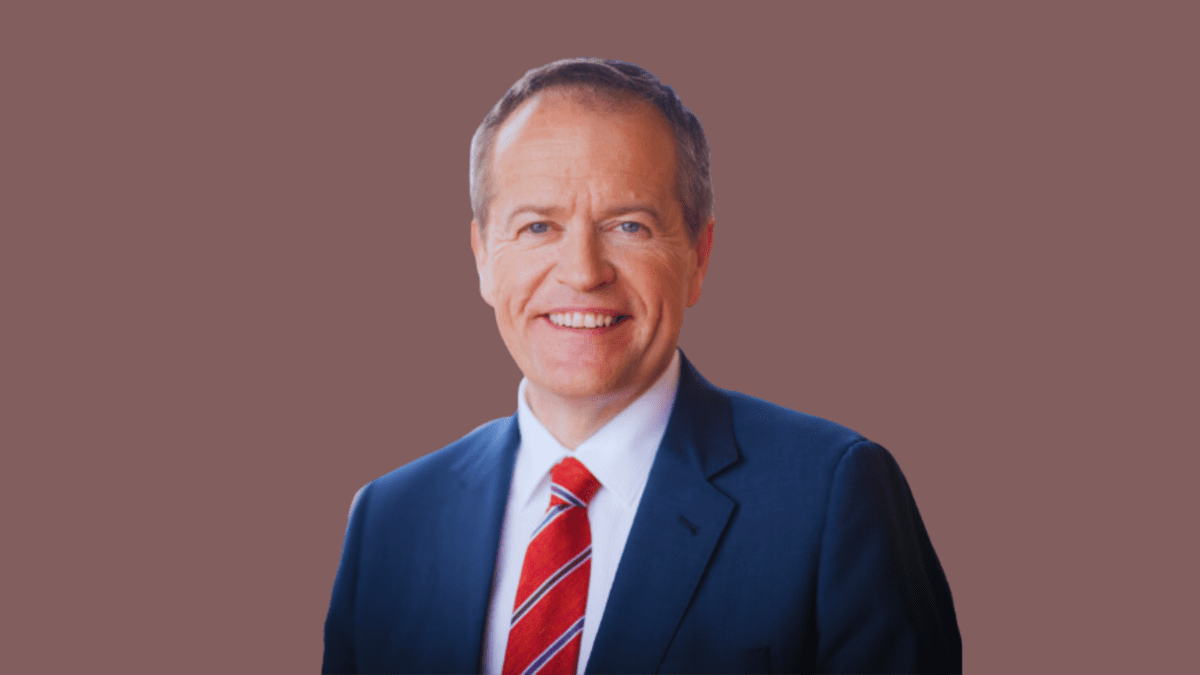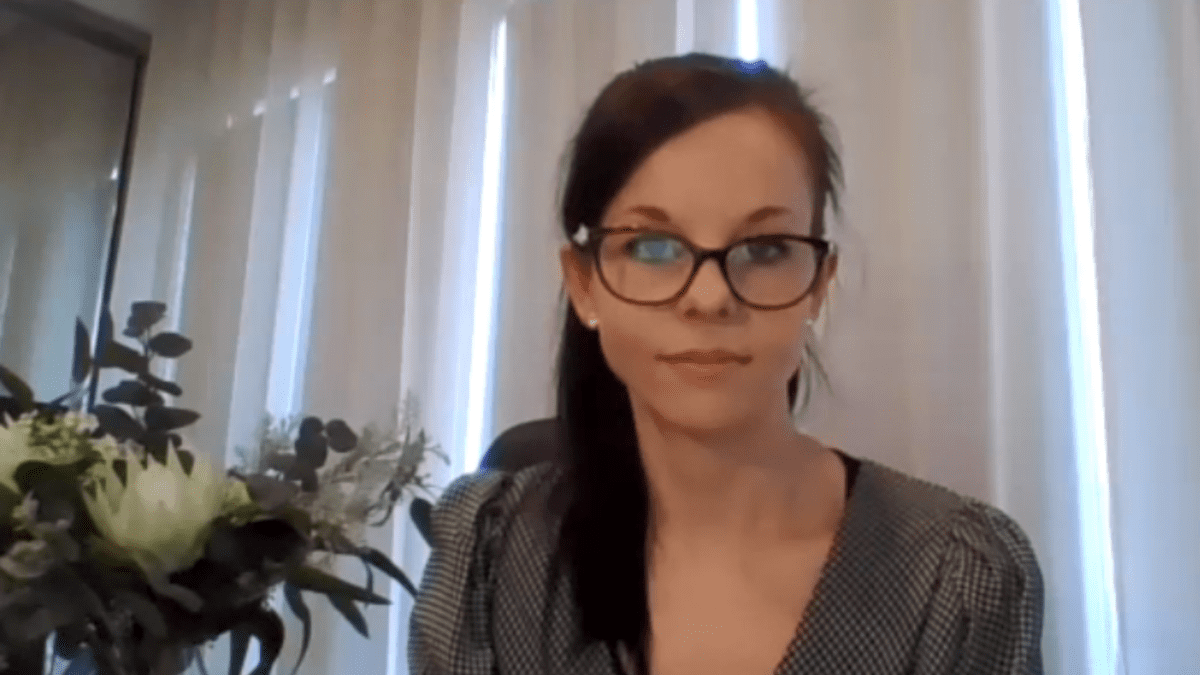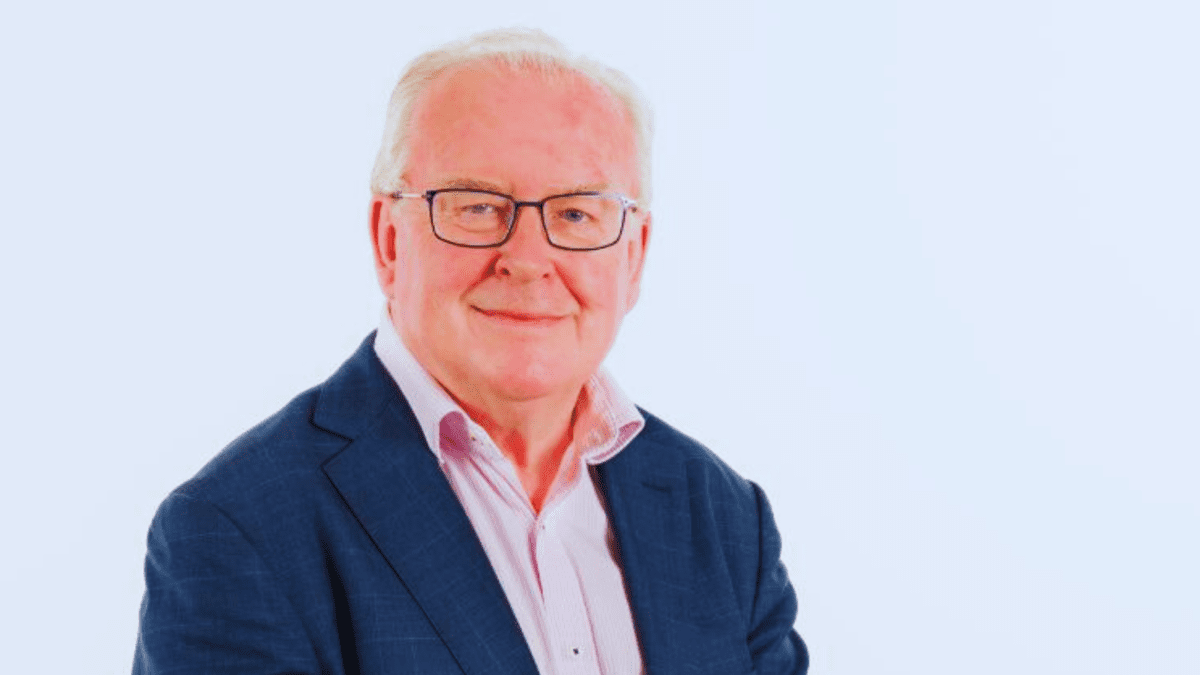In final House grilling, RBA’s Lowe urges vigilance on inflation
Facing the House of Representatives Standing Committee on Economics for the final time Friday to discuss the bank’s performance, outgoing Governor Philip Lowe defended the central bank’s efforts to bring inflation down while again warning more tightening may be needed.
Joined at the biennial hearing by other senior RBA executives including Michele Bullock, who will take over from Lowe in September when he ends his seven-year run at the helm of the bank, Lowe acknowledged some mistakes in its policy responses. In particular, RBA guidance suggesting the bank would not increase the cash rate until 2024 was misguided and damaging.
“The RBA’s main focus over the past year or so has been to get on top of the highest inflation rate in more than 30 years,” Lowe told the committee. “We have made progress here, and things are moving in the right direction, but it is too early to declare victory.”
He also sought to reinforce the importance of returning inflation to target rates and ensuring the recent high inflation is only temporary. “High inflation is corrosive to the healthy functioning of the economy and makes life more difficult for everybody, especially those on low incomes,” he said.
“If high inflation does become ingrained in people’s expectations, history teaches us that the end result is even higher interest rates and even greater unemployment to bring inflation back down. It is for these reasons that the Reserve Bank board remains resolute in its determination to return inflation to the 2-3 per cent target range within a reasonable timeframe and will do what is necessary to achieve that outcome.”
The bank’s central case is for economic growth to remain subdued for the rest of 2023 and gradually pick up to about 2.25 per cent by the end of 2025, he said. Ongoing moderation in inflation will cause real incomes to begin rising again, which will ease cost-of-living pressures consumers are feeling.
He explained the board’s recent decisions to pause rate hikes, saying uncertainty around the economic outlook and the rate hikes already carried out meant it was proper to “sit and assess”.
“The board is mindful that interest rates have been increased by a large amount in a short period of time and that there are lags in the operation of policy,” Lowe said. “Monetary policy is in restrictive territory, and it is working to establish a better balance between supply and demand in the economy.”
However, Lowe renewed his warning that some further monetary policy tightening may still be required, although he called it “encouraging” that recent data support a return of inflation to target over the next couple of years. But he warned of two uncertainties and risks that will require attention: the outlook for household consumption and the high level of services price inflation.
“Whether or not this is the case will depend upon the data and the board’s evolving assessment of the outlook and risks,” he said. “The data are also consistent with the Australian economy continuing to travel along that narrow path that I have spoken about for some time – that path is one that leads to inflation coming down within a reasonable timeframe and the unemployment rate remaining below the levels of the past 40 years.”


